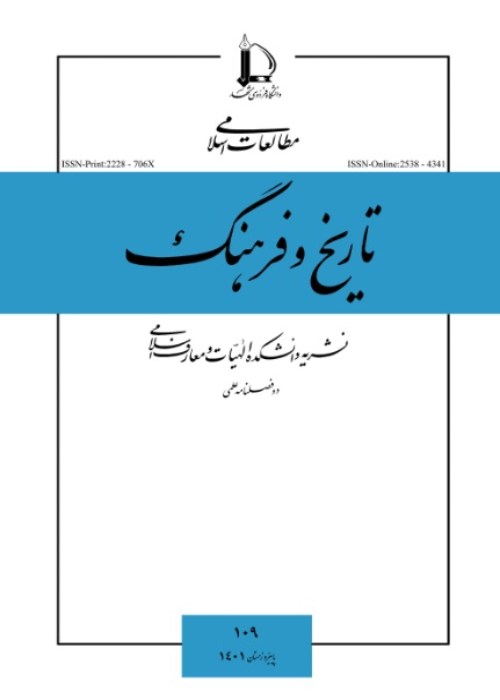Tribal Outlook of the Seljuk Turkmen and its Contrast with the Iranian Landowning Pattern
Author(s):
Article Type:
Research/Original Article (دارای رتبه معتبر)
Abstract:
The tribal outlook of the Turkmen and the Iranian Governance and Landowning have been two rival discourses in the Seljuk period, each one of which tries to expel the rival from the scene or to dominate the outlook of the other one. In tribal outlook, the governance belonged to the entire tribe and the governing household represented them in ruling. This type of outlook, whose major representatives were the Turkmen emirs, would restrict the power of the chief of the tribe to the tribal traditions. However, in the Iranian landowning pattern that was at first unknown to the Turkmen, the power was centered in the hands of the ruler. He had a transhuman status and was considered as the Gods shadow on earth; therefore, he had in his disposal the peoples properties and life and enjoyed absolute authority. The Iranian bureaucrats were the main promoters of this thinking and the conflict between the Turkmen emirs and the Iranian viziers is examinable in terms of the contradiction of two outlooks about the governance. The present article has considered the contradiction of these two outlooks among the most important components effective on the Seljuks governance structure and is intended to examine the Seljuks tribal outlook, particularly the Turkmen emirs, and its contraction with the Iranian landowning pattern. According to the findings of this research, the Seljuk Ghuzzes in the beginning of their entering Iran had a thinking restricted to the tribal traditions paralleled with evasion from the [ruling] center. Despite the attempts made by the Iranian bureaucratic agents and the approval of the Seljuk Sultans, the Turkmen emirs tribal outlook became more conspicuously apparent after the Khwaja Niẓām al-Mulks period, which caused the weakening of the bureaucrats and continuous combat between the Seljuk princes and emirs.
Keywords:
Language:
Persian
Published:
History & Culture, Volume:48 Issue: 2, 2017
Pages:
87 to 104
magiran.com/p1786180
دانلود و مطالعه متن این مقاله با یکی از روشهای زیر امکان پذیر است:
اشتراک شخصی
با عضویت و پرداخت آنلاین حق اشتراک یکساله به مبلغ 1,390,000ريال میتوانید 70 عنوان مطلب دانلود کنید!
اشتراک سازمانی
به کتابخانه دانشگاه یا محل کار خود پیشنهاد کنید تا اشتراک سازمانی این پایگاه را برای دسترسی نامحدود همه کاربران به متن مطالب تهیه نمایند!
توجه!
- حق عضویت دریافتی صرف حمایت از نشریات عضو و نگهداری، تکمیل و توسعه مگیران میشود.
- پرداخت حق اشتراک و دانلود مقالات اجازه بازنشر آن در سایر رسانههای چاپی و دیجیتال را به کاربر نمیدهد.
In order to view content subscription is required
Personal subscription
Subscribe magiran.com for 70 € euros via PayPal and download 70 articles during a year.
Organization subscription
Please contact us to subscribe your university or library for unlimited access!



